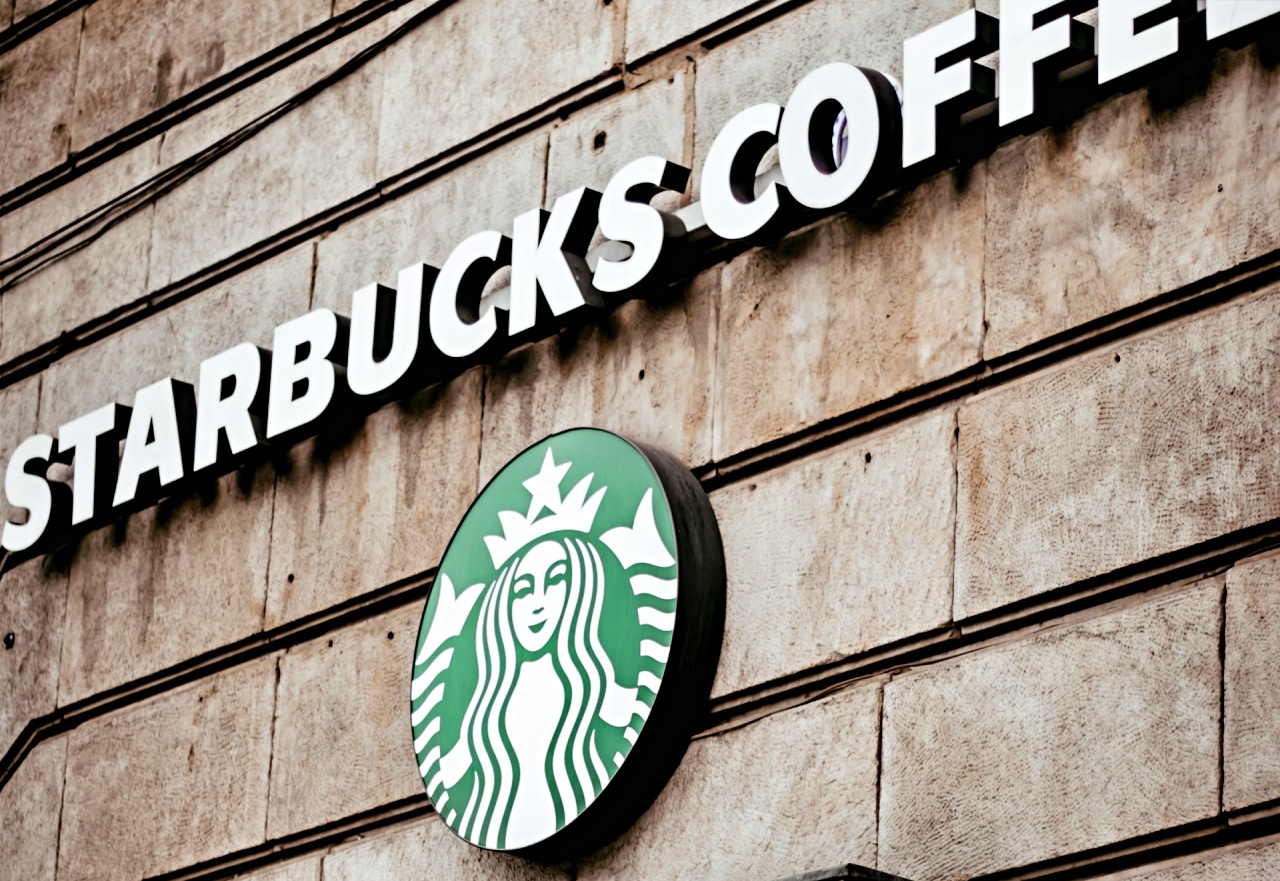Starbucks is betting big on India as it reveals its plans to open 1,000 stores in the country by the year 2028. This means the coffee chain is set to inaugurate two or three stores weekly.
Starbucks India faces intense market competition as local and other foreign brands, such as the UK's Pret A Manger, Canada's Tim Hortons, and India's Blue Tokai coffee chain, are also expanding their businesses in the region. By setting up more stores, Starbucks hopes to boost its presence further and gain more customers despite the arrival of new coffee houses.
How Starbucks is Planning to Achieve the Goal
According to CNN Business, with its target of putting up 1,000 branches in India in four years, it was estimated that Starbucks must open at least one new store every three days until 2028. The Indian unit of the company set up this goal as the demand for coffee in the territory has surged. The country is also the fastest-growing economy today, so business expansion would be beneficial later on.
In any case, to successfully reach the target, Starbucks will focus first on launching new shops in smaller cities. It will hire more staff to double the number and employ 8,600 people. The company also plans to install more drive-thrus, airport stores, and open outlets to serve customers 24 hours.
More Starbucks Options is Coming for Indian Customers
Business Standard reported that the company will also open Starbucks Reserve outlets besides the standard store. So far, India only has one, and the second is set to be inaugurated later this year.
It was reported that the chain will introduce a new Indian Arabica coffee called the Monsooned Malabar via the two Reserve Stores in India. The coffee blend will also be brought to the United States of America sometime this year.
"Over the past 11 years, the Indian market has grown to become one of Starbucks' fastest-growing markets in the world," Starbucks's chief executive officer, Laxman Narasimhan, said in a statement. "With a growing middle class, we are proud to help cultivate the evolving coffee culture while honoring its rich heritage."
Photo by: Ira Ostafiichuk/Unsplash



 Woolworths Faces Fresh Class Action Over Alleged Underpayments, Shares Slide
Woolworths Faces Fresh Class Action Over Alleged Underpayments, Shares Slide  United Airlines Flight to Tokyo Returns to Dulles After Engine Failure During Takeoff
United Airlines Flight to Tokyo Returns to Dulles After Engine Failure During Takeoff  United Airlines Tokyo-Bound Flight Returns to Dulles After Engine Failure
United Airlines Tokyo-Bound Flight Returns to Dulles After Engine Failure  Korea Zinc Plans $6.78 Billion U.S. Smelter Investment With Government Partnership
Korea Zinc Plans $6.78 Billion U.S. Smelter Investment With Government Partnership  ANZ Faces Legal Battle as Former CEO Shayne Elliott Sues Over A$13.5 Million Bonus Dispute
ANZ Faces Legal Battle as Former CEO Shayne Elliott Sues Over A$13.5 Million Bonus Dispute  Nvidia Weighs Expanding H200 AI Chip Production as China Demand Surges
Nvidia Weighs Expanding H200 AI Chip Production as China Demand Surges  SpaceX Begins IPO Preparations as Wall Street Banks Line Up for Advisory Roles
SpaceX Begins IPO Preparations as Wall Street Banks Line Up for Advisory Roles  CMOC to Acquire Equinox Gold’s Brazilian Mines in $1 Billion Deal to Expand Precious Metals Portfolio
CMOC to Acquire Equinox Gold’s Brazilian Mines in $1 Billion Deal to Expand Precious Metals Portfolio  California Jury Awards $40 Million in Johnson & Johnson Talc Cancer Lawsuit
California Jury Awards $40 Million in Johnson & Johnson Talc Cancer Lawsuit  Azul Airlines Wins Court Approval for $2 Billion Debt Restructuring and New Capital Raise
Azul Airlines Wins Court Approval for $2 Billion Debt Restructuring and New Capital Raise  SoftBank Shares Slide as Oracle’s AI Spending Plans Fuel Market Jitters
SoftBank Shares Slide as Oracle’s AI Spending Plans Fuel Market Jitters  SpaceX Insider Share Sale Values Company Near $800 Billion Amid IPO Speculation
SpaceX Insider Share Sale Values Company Near $800 Billion Amid IPO Speculation  HSBC’s $13.6 Billion Take-Private Offer for Hang Seng Bank Gains Board Backing
HSBC’s $13.6 Billion Take-Private Offer for Hang Seng Bank Gains Board Backing  Rio Tinto Signs Interim Agreement With Yinhawangka Aboriginal Group Over Pilbara Mining Operations
Rio Tinto Signs Interim Agreement With Yinhawangka Aboriginal Group Over Pilbara Mining Operations  Intel’s Testing of China-Linked Chipmaking Tools Raises U.S. National Security Concerns
Intel’s Testing of China-Linked Chipmaking Tools Raises U.S. National Security Concerns  Air Force One Delivery Delayed to 2028 as Boeing Faces Rising Costs
Air Force One Delivery Delayed to 2028 as Boeing Faces Rising Costs  Mizuho Raises Broadcom Price Target to $450 on Surging AI Chip Demand
Mizuho Raises Broadcom Price Target to $450 on Surging AI Chip Demand 































